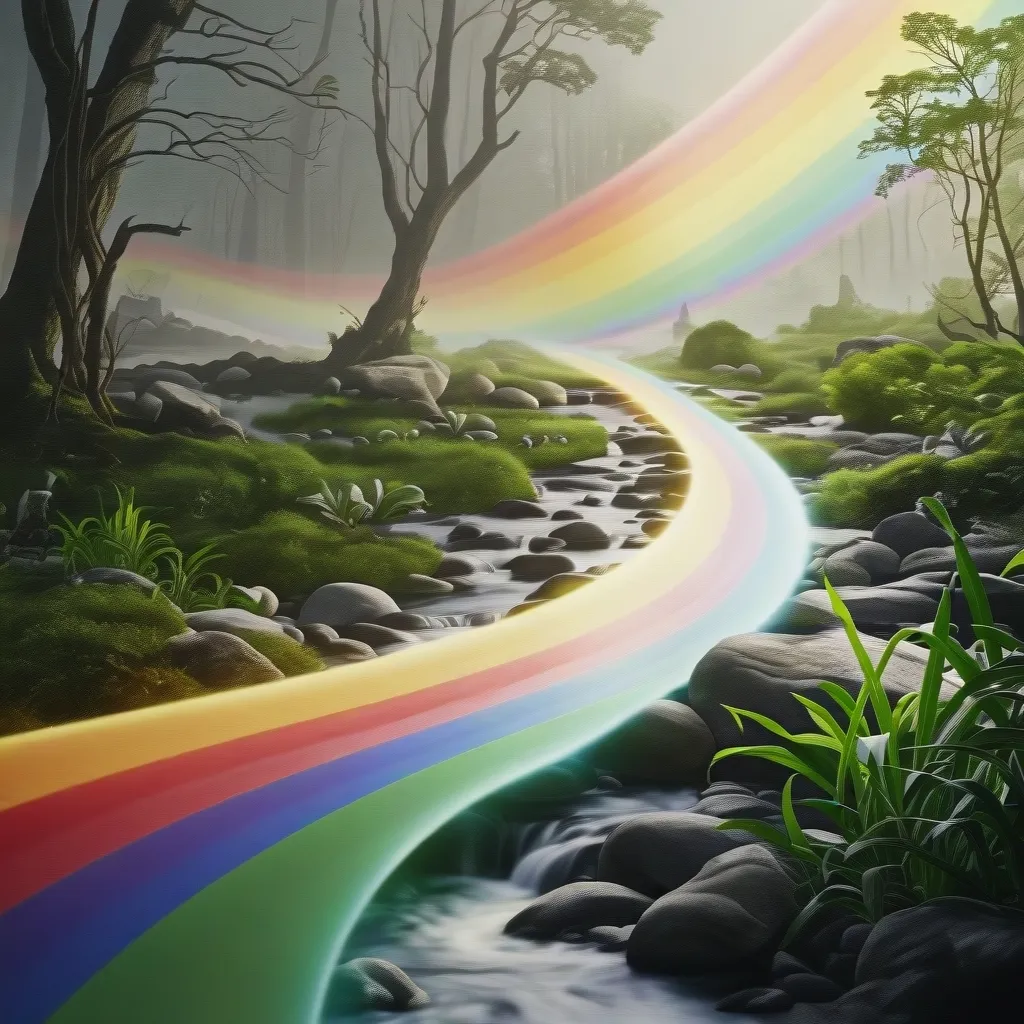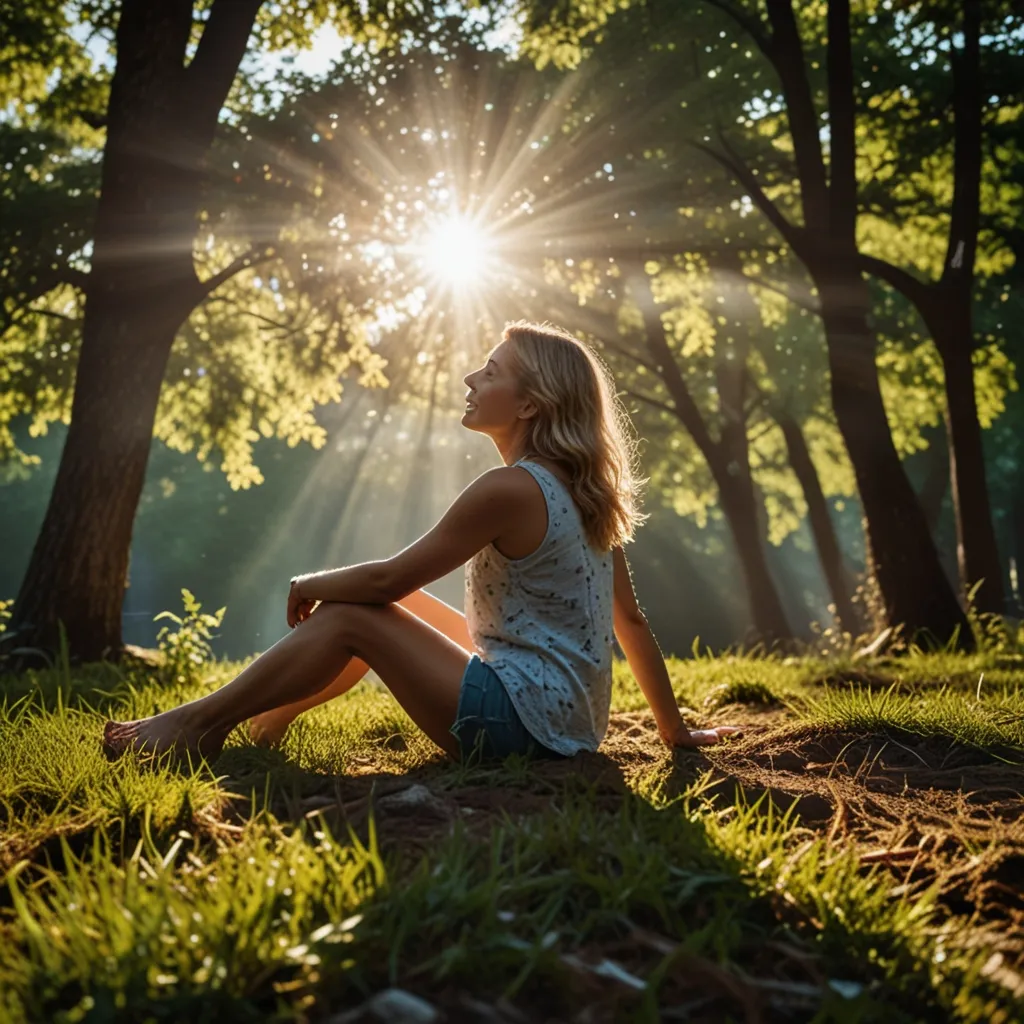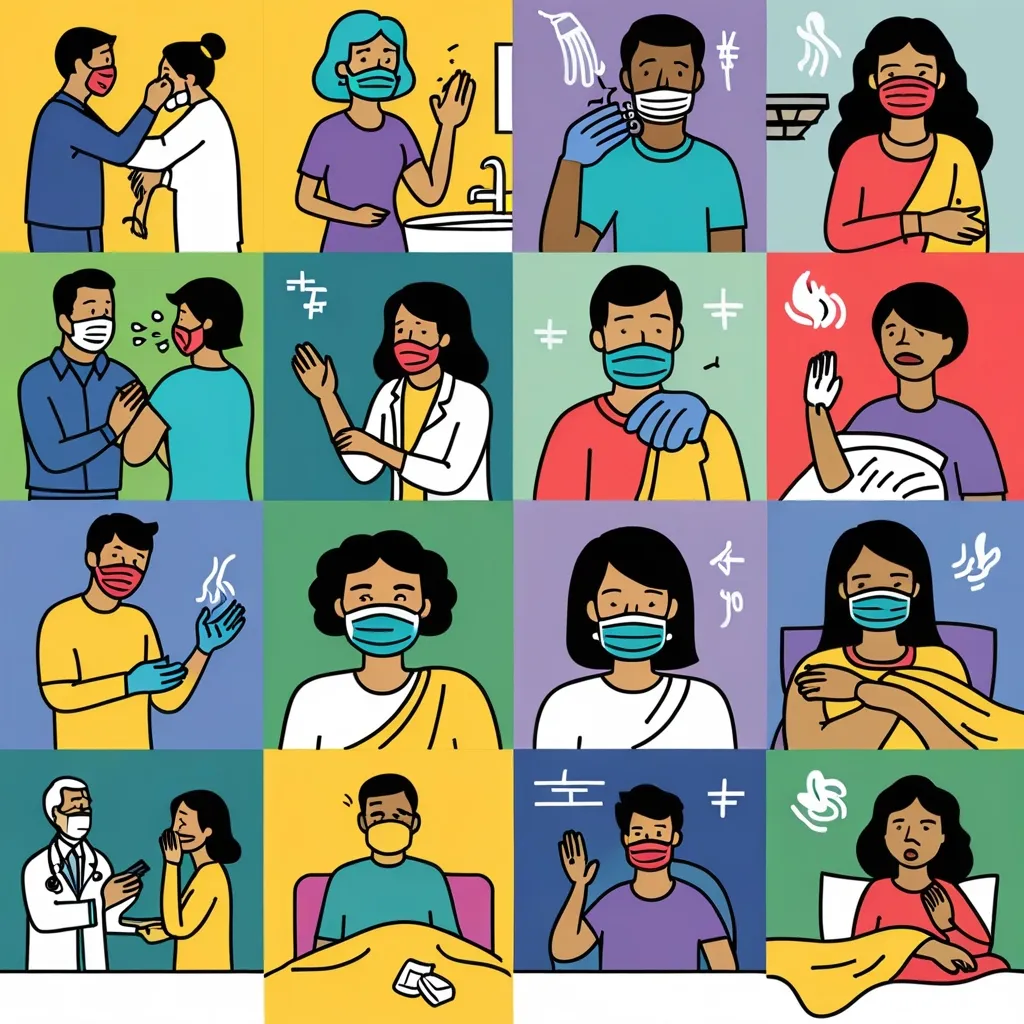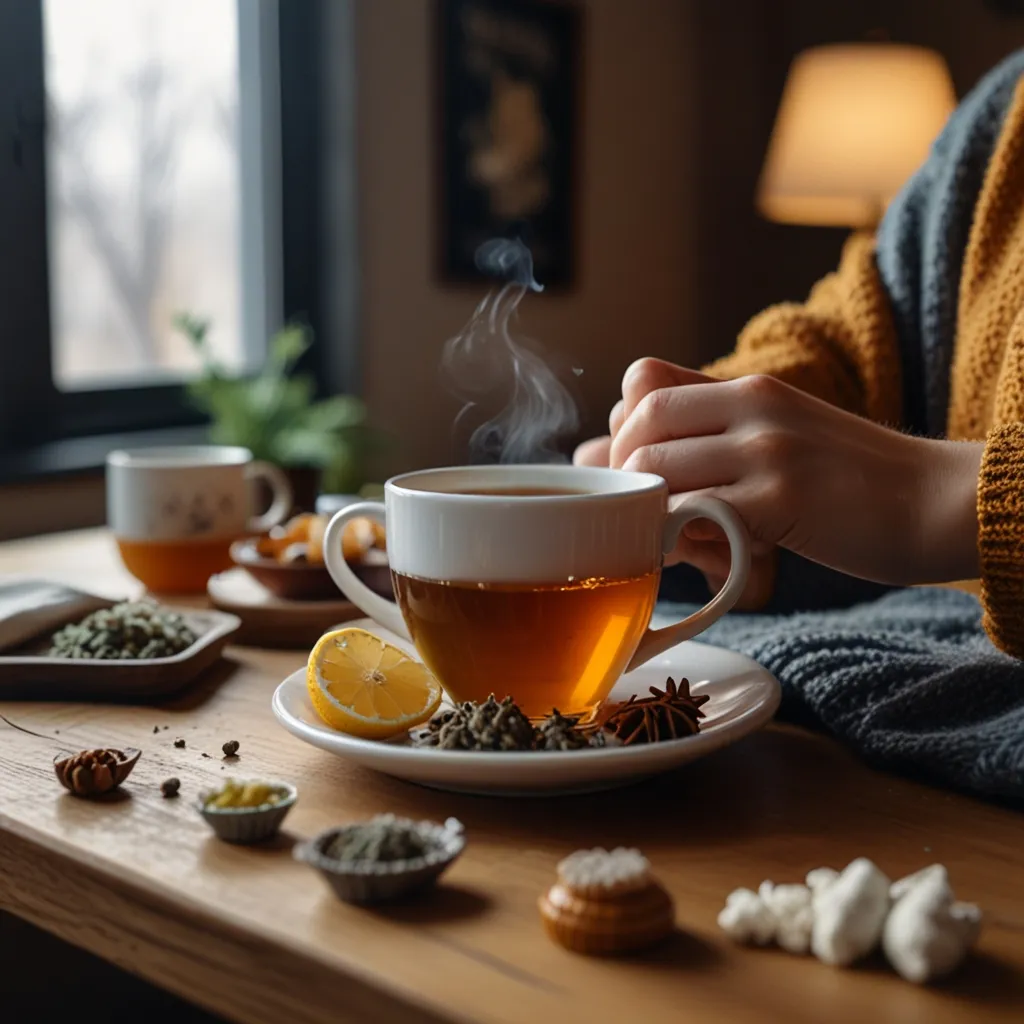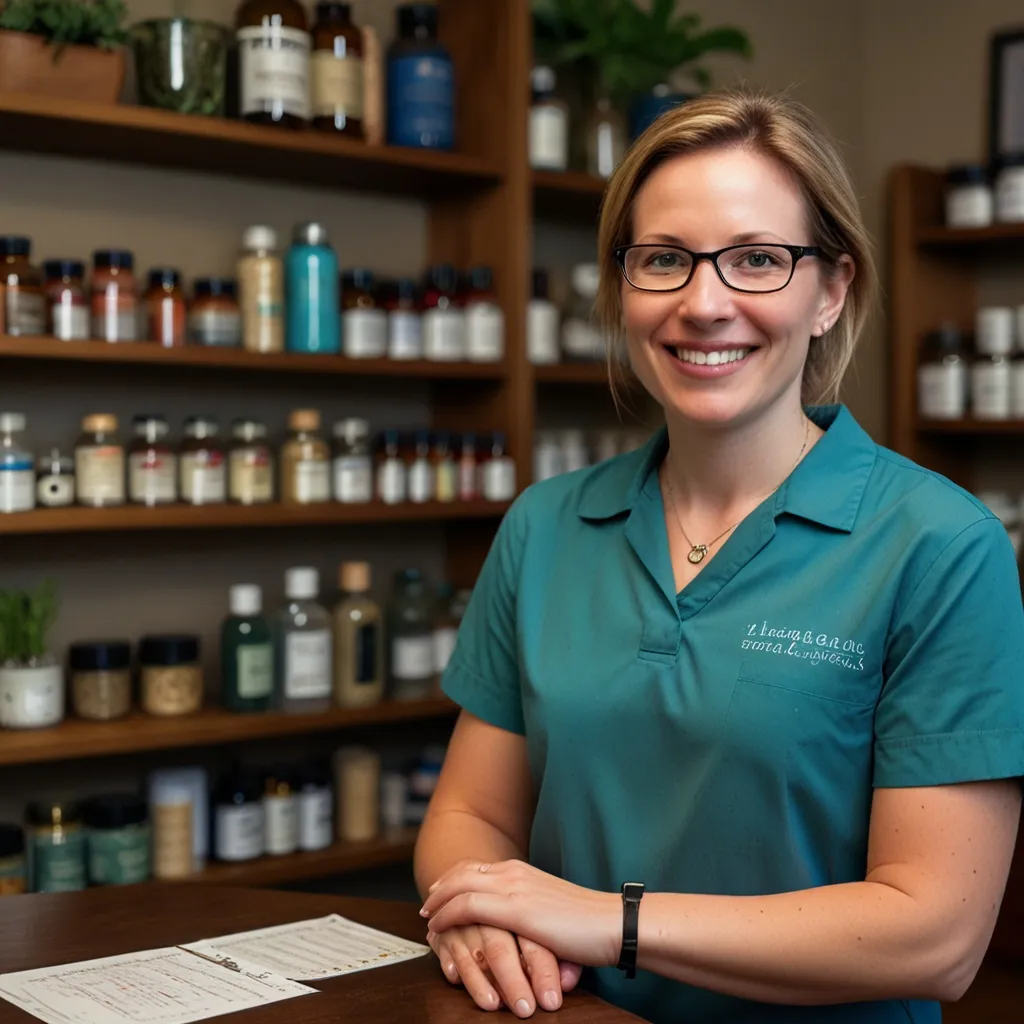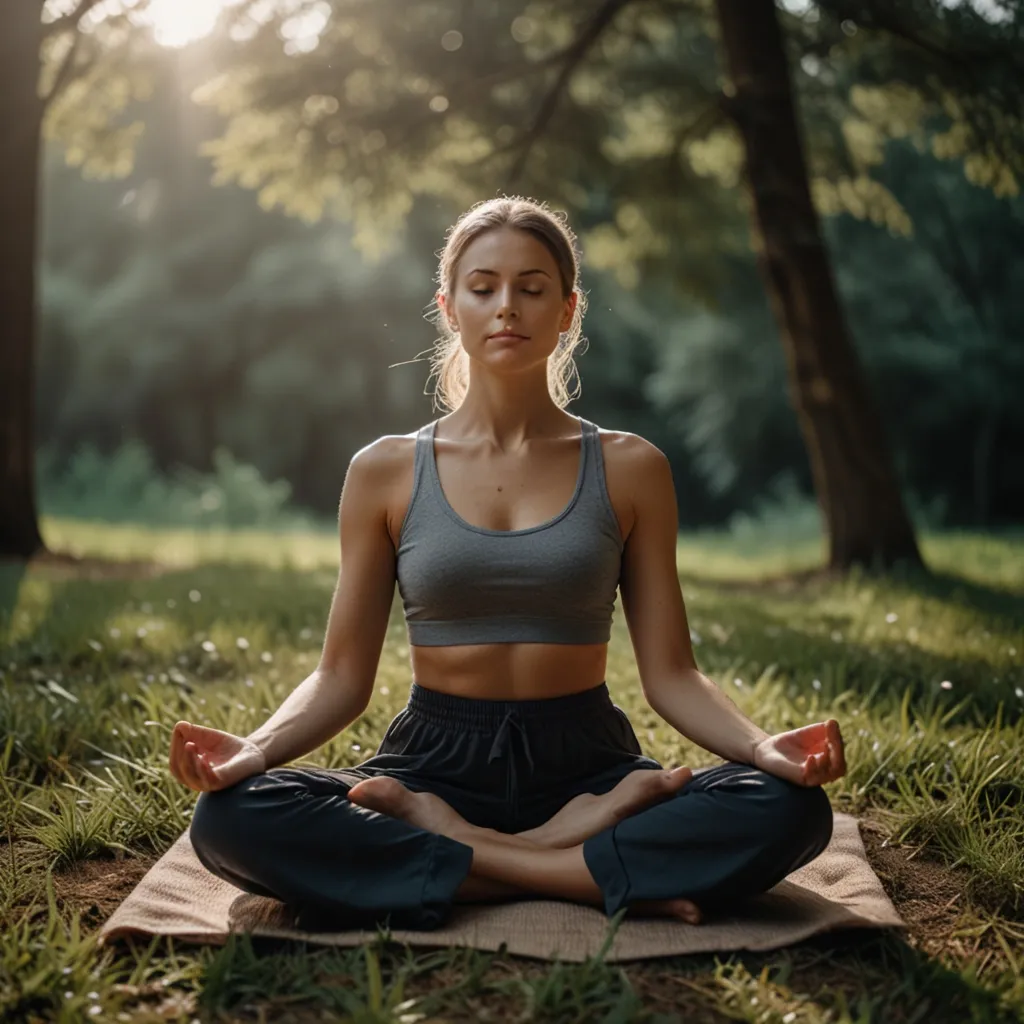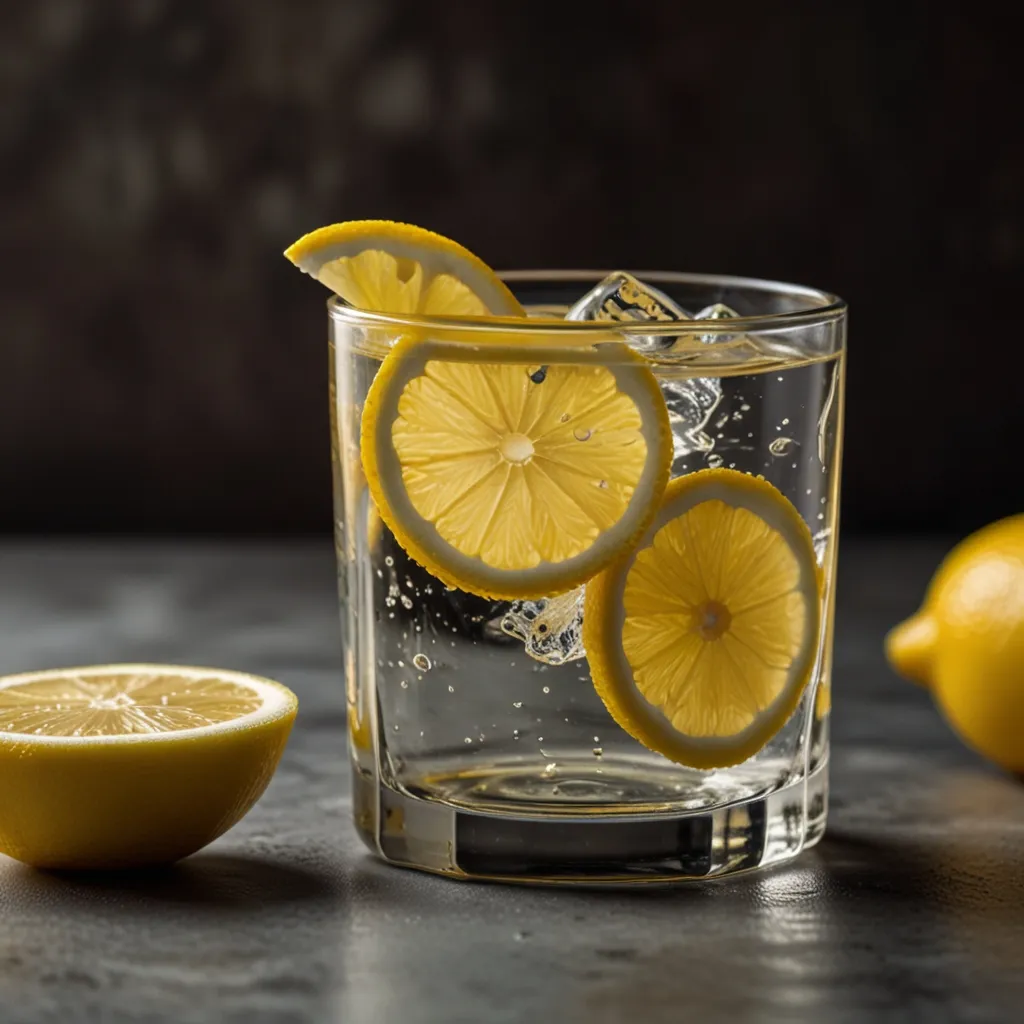Color therapy, also known as chromotherapy, is a fascinating approach to healing that harnesses the power of colors to influence our well-being. It’s pretty cool how something as simple as colors can have such a profound impact on our physical and emotional health.
The roots of color therapy go way back to ancient civilizations like Egypt, China, and Greece. These folks weren’t just using colors to make things look pretty - they believed colors had healing properties. In Traditional Chinese Medicine, they even linked specific colors to different organs and energies in the body. And in Ayurveda, the ancient Indian healing system, colors are connected to chakras, which are like energy centers in the body.
Now, you might be wondering, “How does this color stuff actually work?” Well, it’s all about science, baby! Colors are basically forms of energy with different wavelengths and frequencies. When we see a color, our brain processes it and sends signals that affect our emotions, memory, and other functions. It’s pretty wild how a simple color can mess with our mood and even our physical health.
Take blue light, for example. It’s part of the visible light spectrum and can actually help regulate our sleep patterns. On the flip side, green light has a calming effect and can help reduce anxiety. And if you’re feeling low on energy, red light might be your new best friend - it’s known to boost energy levels and improve blood circulation.
So, how do people actually use color therapy? There are a few different ways. Some folks use color visualization, where they imagine or meditate on specific colors to promote healing and relaxation. Others practice color breathing, which involves inhaling and exhaling while visualizing a specific color. And then there’s the simple act of surrounding yourself with certain colors through your clothing, home decor, or lighting.
Each color is believed to have its own special healing properties. Red is like a shot of espresso for your body, stimulating blood circulation and energy levels. Orange is the mood-lifter, promoting creativity and emotional balance. Yellow is your confidence booster and concentration enhancer. Green is like a chill pill, promoting calm and harmony. Blue is the communicator, supporting mental clarity. Indigo increases intuition and promotes spiritual growth. And violet is all about inspiration and transformation.
While color therapy isn’t exactly mainstream in Western medicine, it’s still pretty popular in alternative health clinics. Some modern applications include using colored lights to create therapeutic environments. Blue light therapy is often used to treat sleep disorders, while red light therapy is used to improve physical and mental invigoration.
Color psychology, a related field, is also used in designing optimal work, school, and living spaces. Imagine a doctor painting their waiting room light green to help anxious patients chill out. Pretty smart, right?
If you’re interested in trying out color therapy for yourself, there are some simple ways to incorporate it into your daily life. You could start by wearing colors that align with what you need - like red for an energy boost or green for staying calm. Or you could surround yourself with colors that promote well-being, like using blue lighting in your bedroom to improve sleep or placing green plants in your living room for a calming vibe.
You could also try practicing color visualization. Take a few minutes each day to imagine specific colors - like a bright yellow to boost your confidence or a soothing blue to calm your mind. And don’t forget about your diet! Eating foods that correspond to the colors you need can help balance your body’s energy.
As research continues to uncover the effects of colors on our well-being, the potential benefits of color therapy become more evident. While some claims might seem a bit out there, there’s scientific data supporting the idea that colors can significantly influence our psychological and physiological responses.
In the future, we might see color therapy becoming more integrated into mainstream health practices. Already, there’s substantial evidence that colors affect our minds and bodies in subtle yet powerful ways. Just think about how blue light can mess with our sleep cycles - that’s a clear example of how color can impact our health.
Color therapy is more than just a holistic healing technique - it’s a powerful tool that can boost our mood, balance our energy, and promote overall well-being. By understanding the science behind colors and incorporating them into our daily lives, we can tap into the healing properties of the visible light spectrum to live healthier, happier lives.
Whether you choose to wear healing colors, surround yourself with colorful décor, or practice color visualization, the benefits of color therapy are within reach and can be pretty profound. As we continue to explore the intricate world of colors, who knows what other ways we might discover to use this ancient practice in our modern lives?
So next time you’re feeling a bit off, why not try a splash of color? It might just be the pick-me-up you need. After all, life’s too short for a black and white world - let’s paint it with all the colors of the rainbow and see what happens!
